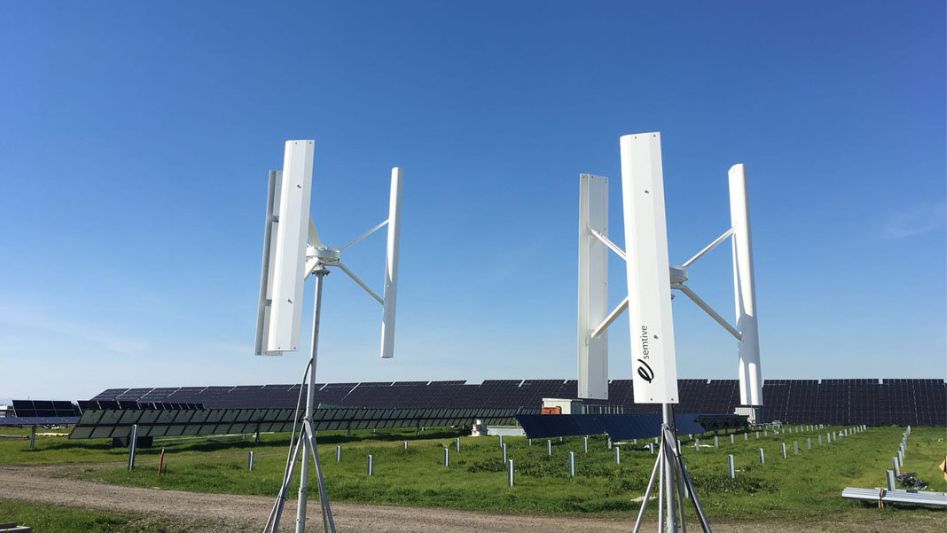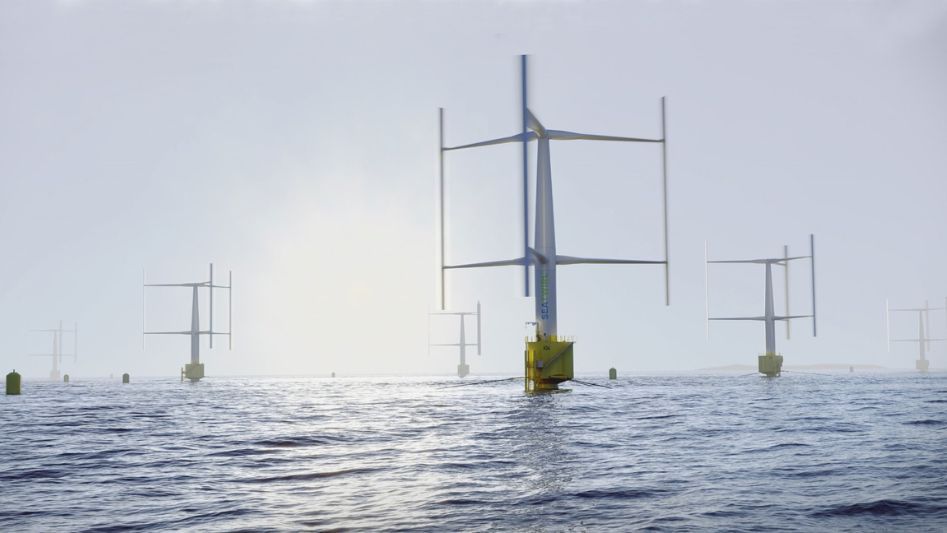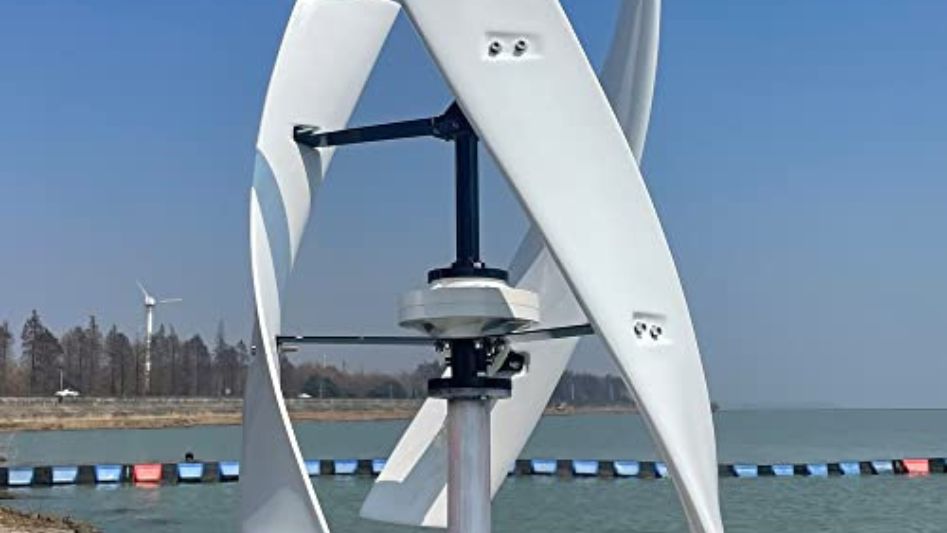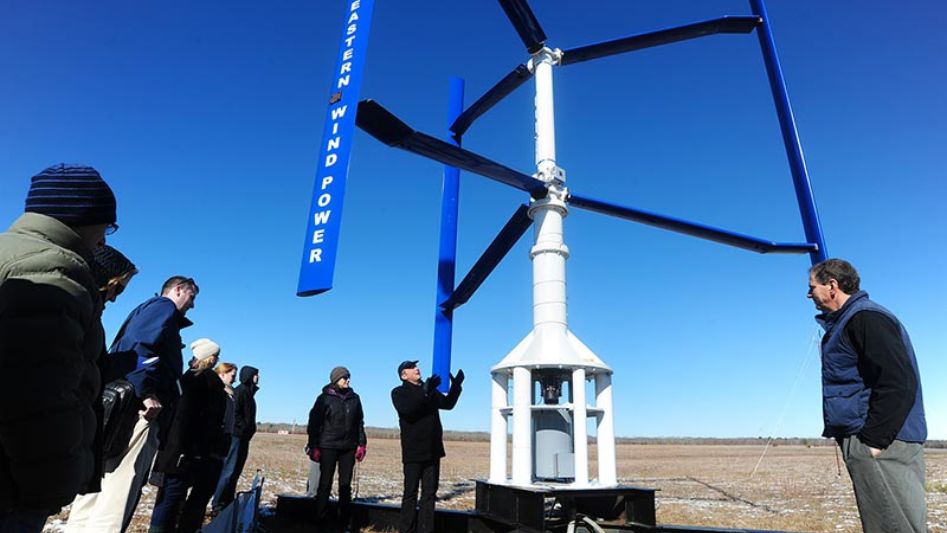Wind energy is a rapidly growing source of renewable power, providing an environmentally friendly alternative to traditional fossil fuels. Among the various types of wind turbines, vertical axis wind turbines (VAWTs) have been gaining attention for their unique design and numerous advantages. In this article, we will explore the benefits of VAWTs and why they are becoming an increasingly attractive option for harnessing wind energy.
Table Of Content
We invite you to read: “The Benefits of Implementing Vertical Axis Wind Turbines Offshore”

1. Lower Noise Levels
One of the key advantages of vertical axis wind turbines is their reduced noise output compared to horizontal axis wind turbines (HAWTs). HAWTs can produce significant noise due to the high-speed rotation of their blades. In contrast, VAWTs operate at lower rotational speeds, resulting in quieter operation. This characteristic makes VAWTs more suitable for residential and urban environments, where minimizing noise pollution is crucial.
2. Enhanced Durability and Reliability
VAWTs are known for their robust and sturdy design. The vertical orientation of the rotor allows for a simpler and more durable mechanical structure. This design minimizes stress on the turbine, leading to fewer maintenance requirements and longer operational lifespans. Additionally, VAWTs are less prone to damage from strong winds and turbulent conditions, making them a reliable choice for various geographical locations.
3. Efficient in Chaotic Wind Conditions
Unlike HAWTs, which rely on a steady, consistent wind flow, VAWTs are capable of harnessing energy from turbulent and less predictable winds. Their omnidirectional nature allows them to capture wind from any direction, making them highly efficient in areas with irregular wind patterns or complex terrain. This versatility makes VAWTs suitable for a wider range of locations, including urban and coastal areas.
We invite you to read: “The Pros and Cons of Vertical Axis Wind Turbines”

4. Compact Footprint
VAWTs have a more compact footprint compared to their horizontal axis counterparts. Their vertical orientation allows for a smaller base area, making them suitable for installations in limited spaces. This characteristic is particularly advantageous in densely populated urban areas, where land availability is often a constraint. Additionally, the reduced visual impact of VAWTs can be an important consideration in aesthetic-sensitive environments.
5. Bird and Wildlife Friendliness
Concerns about the impact of wind turbines on bird and bat populations have been a subject of ongoing debate. VAWTs, with their slower blade speeds and vertical rotation, are generally considered to be less harmful to wildlife. The design reduces the risk of bird collisions, making VAWTs a more environmentally friendly option for areas with significant avian populations.
6. Ease of Maintenance and Repairs
Due to their simplified design, VAWTs are generally easier and less expensive to maintain compared to HAWTs. The components of VAWTs are more accessible, and repairs can often be conducted without the need for specialized equipment. This accessibility translates to lower maintenance costs and shorter downtime periods, contributing to improved operational efficiency.
We invite you to read: “Vertical Axis Wind Turbines: An Alternative to Traditional Wind Turbines?”

Conclusion
Vertical axis wind turbines represent a promising advancement in wind energy technology. Their unique design offers a range of advantages, including lower noise levels, enhanced durability, efficiency in chaotic wind conditions, a compact footprint, and wildlife friendliness. Additionally, their ease of maintenance and repairs further bolster their appeal as a viable source of renewable energy. As the demand for sustainable power solutions continues to grow, the versatility and efficiency of vertical axis wind turbines position them as a compelling option for a greener future.
FAQs
Are VAWTs more durable than HAWTs?
Yes, VAWTs are known for their durability and reliability due to their simpler mechanical structure and reduced susceptibility to wind damage.
Can VAWTs harness energy from turbulent winds?
Absolutely, VAWTs are adept at capturing energy from chaotic wind conditions, making them suitable for areas with irregular wind patterns.
Are VAWTs bird-friendly?
VAWTs are generally considered less harmful to birds and wildlife due to their slower blade speeds and vertical rotation.
Do VAWTs have a smaller footprint?
Yes, VAWTs have a compact design, making them ideal for locations with limited space and reduced visual impact.
How easy is it to maintain VAWTs?
VAWTs are easier to maintain and repair compared to HAWTs, thanks to their simplified design and accessibility of components.
You May Also Like
- Wind Turbines and Climate Change: Mitigating CO2 Emissions with Wind Power
- The Art and Science of Wind Turbine Placement: Finding the Perfect Windy Spot
- Economic and Environmental Impacts of Offshore Wind Turbines
- Wind Turbine Technology: A Deep Dive into Blade Designs and Materials
- Wind Turbines Around the World: A Global Perspective on Wind Power

